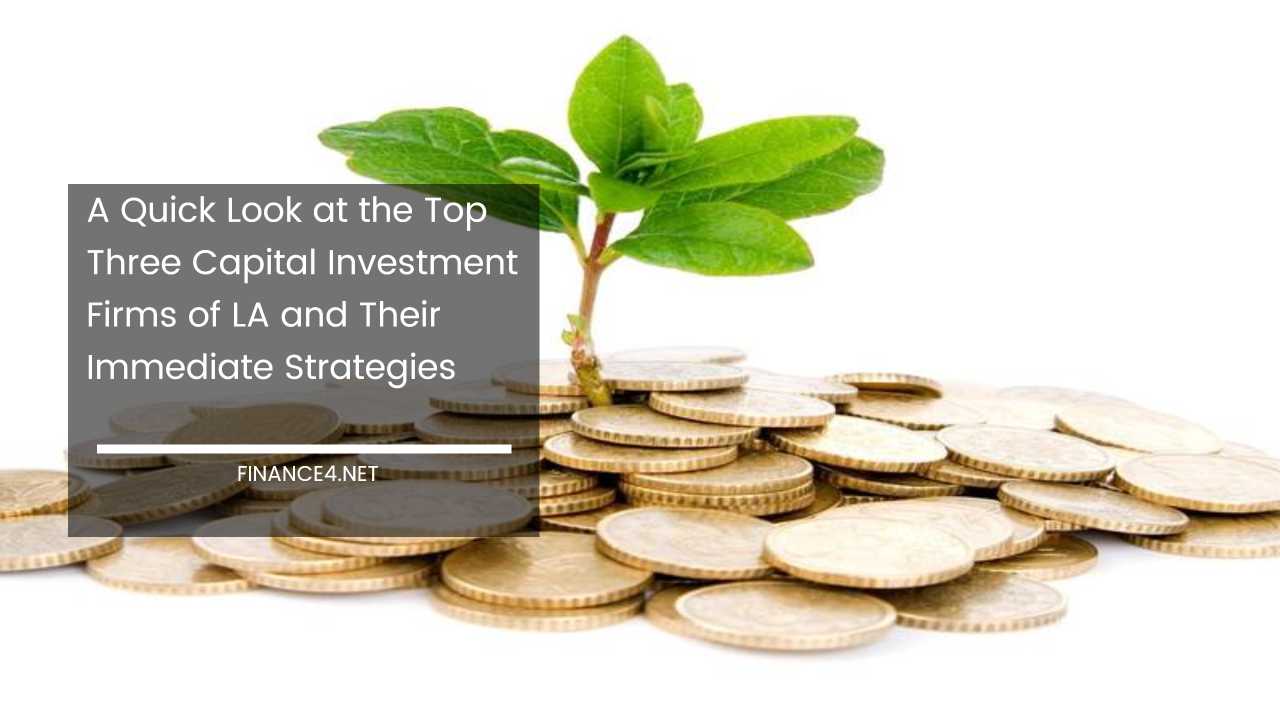Investing Mistakes to Avoid

Investing Mistakes
As you embark on your journey into the world of investing, it’s only natural to encounter a few stumbling blocks along the way.
However, there are some significant mistakes that you absolutely must avoid if you intend to be a successful investor.
In this comprehensive guide, we will delve deeply into these crucial points, providing you with a thorough understanding of why these mistakes are detrimental and how to steer clear of them.
1. Not Investing or Delaying Investment
Perhaps the most significant mistake you can make is not investing at all or postponing it until later.
This is a classic case of “procrastination paralysis,” where individuals hold off on investing for various reasons, often thinking they need more money or knowledge to begin.
However, the reality is that time is a critical factor in investing success. Even if you can only spare a modest sum, like $20 a week, starting now can have a profound impact on your financial future.
Why it’s a Mistake:
The power of compounding is a fundamental concept in investing. When you invest your money, it has the potential to grow over time, not just on the initial amount you put in but also on the returns generated by your investments.
The longer your money is invested, the more it can compound, leading to substantial gains in the long run. Delaying investment means missing out on this compounding effect.
How to Avoid It:
To overcome this mistake, start investing as early as possible. Set aside a portion of your income for investments, no matter how small.
Utilize retirement accounts like a 401(k) or IRA if available to you, as they offer tax advantages and make it easier to automate your contributions.
Remember, the key is consistency; even small, regular contributions can accumulate into a significant portfolio over time.
2. Investing Without Financial Stability
Jumping into investments before achieving financial stability is another substantial error. Before you start investing, you must ensure that your financial house is in order.
This involves several critical steps, including cleaning up your credit, paying off high-interest loans and credit cards, and building an emergency fund equivalent to at least three months of living expenses.
Why it’s a Mistake:
Investing while you’re financially unstable can be extremely risky. If you have high-interest debts, such as credit card balances, the interest you’re paying on those debts is likely higher than the returns you could expect from your investments.
This means you’re effectively losing money by investing instead of paying off those debts.
Additionally, without an emergency fund, you may be forced to sell your investments at inopportune times to cover unexpected expenses, potentially realizing losses.
How to Avoid It:
Before you start investing, follow these steps to achieve financial stability:
- Pay off high-interest debts: Prioritize paying off loans and credit cards with high-interest rates. This not only frees up more of your income for investing but also reduces financial stress.
- Build an emergency fund: Set aside at least three months’ worth of living expenses in a high-yield savings account. This ensures that you have a financial cushion to handle unexpected emergencies without tapping into your investments.
- Create a budget: Establish a budget that covers your essential expenses, savings goals, and discretionary spending. Stick to this budget to maintain financial discipline.
Once you’ve completed these steps, you’ll be in a much better position to start investing with confidence, knowing that your financial foundation is secure.
3. Seeking Quick Riches
One of the most tempting traps in investing is the allure of get-rich-quick schemes. These schemes promise astronomical returns in a short period, often with minimal effort or risk on your part.
However, the truth is that such investments are usually too good to be true and often come with significant risks.
Why it’s a Mistake:
Investing with the goal of getting rich quickly is a risky endeavor for several reasons:
- High risk: Investments promising quick riches often involve speculative assets or ventures that are prone to rapid and unpredictable price fluctuations. While there is potential for significant gains, there is an equally high potential for substantial losses.
- Lack of diversification: Get-rich-quick schemes often focus on a single asset or strategy, exposing you to a high level of concentration risk. Diversification, or spreading your investments across different asset classes, is a key risk management technique that can help protect your portfolio from severe losses.
- Emotional stress: Pursuing quick riches can lead to emotional rollercoasters, as you may constantly monitor your investments and make impulsive decisions based on short-term market movements. This emotional stress can negatively impact your overall well-being.
How to Avoid It:
To avoid this mistake, adopt a long-term investment mindset:
- Set realistic expectations: Understand that building wealth through investing is a gradual process that requires patience and discipline. While it may not provide overnight riches, it can help you achieve your financial goals over time.
- Invest for the long term: Focus on long-term financial objectives, such as retirement, buying a home, or funding your child’s education. These goals typically span several years or even decades, allowing you to take advantage of the power of compounding.
- Diversify your portfolio: Spread your investments across different asset classes, such as stocks, bonds, real estate, and cash equivalents. Diversification helps reduce risk and increases the likelihood of achieving consistent, sustainable returns.
By embracing a patient, long-term approach to investing and avoiding the allure of quick riches, you can build a more stable and secure financial future.
4. Lack of Diversification
Putting all your money into a single investment is akin to putting all your eggs in one basket. Diversification is a fundamental principle of risk management in investing.
It involves spreading your investments across different asset classes, industries, and geographic regions to reduce the impact of poor performance in any single investment.
Why it’s a Mistake:
Failing to diversify your portfolio can expose you to unnecessary risk. If you invest heavily in a single stock, for example, and that company experiences financial difficulties or a significant drop in stock price, it can have a severe negative impact on your overall portfolio.
How to Avoid It:
To avoid this mistake, follow these diversification strategies:
- Asset allocation: Determine the right mix of asset classes (e.g., stocks, bonds, real estate) that aligns with your financial goals, risk tolerance, and time horizon. Adjust this mix as needed over time.
- Geographic diversification: Invest in assets from different regions and countries to reduce country-specific risks. Global diversification can help protect your portfolio from adverse economic or political events in a single region.
- Sector diversification: Avoid overconcentration in a specific industry or sector. By spreading your investments across various sectors, you can mitigate the impact of poor performance in any single sector.
- Individual security selection: If you invest in individual stocks, consider building a diversified portfolio of stocks from different industries and sectors. Avoid putting a large portion of your portfolio into a single stock.
Diversification doesn’t guarantee profits or prevent losses, but it does help manage risk and increase the likelihood of achieving more consistent returns over time.
5. Excessive Trading
Excessive trading, also known as overtrading, occurs when investors buy and sell investments frequently, often based on short-term market fluctuations or emotions.
This behavior can lead to increased transaction costs, tax consequences, and reduced overall returns.
Why it’s a Mistake:
Overtrading can be detrimental to your investment portfolio for several reasons:
- Transaction costs: Each time you buy or sell an investment, you typically incur transaction fees or commissions. Frequent trading can eat into your returns, especially if you’re trading small amounts.
- Taxes: In many countries, capital gains are subject to taxes. Frequent trading can generate short-term capital gains, which are often taxed at higher rates than long-term gains. This can significantly reduce your after-tax returns.
- Emotional stress: Constantly monitoring the markets and making frequent trades can be emotionally taxing. It can lead to anxiety and impulsive decision-making, which are often counterproductive to long-term investing success.
How to Avoid It:
To avoid excessive trading, consider the following strategies:
- Adopt a long-term perspective: Focus on your investment goals and time horizon. Avoid making knee-jerk reactions to short-term market fluctuations.
- Create an investment plan: Develop a well-thought-out investment plan that outlines your goals, risk tolerance, and asset allocation strategy. Stick to this plan, even when market conditions are volatile.
- Dollar-cost averaging: Instead of trying to time the market, consider using a dollar-cost averaging strategy. This involves investing a fixed amount of money at regular intervals, regardless of market conditions. It can help reduce the impact of market volatility on your portfolio.
- Limit your portfolio monitoring: Avoid constantly checking your portfolio or watching financial news channels that may trigger impulsive decisions. Set a regular schedule for portfolio reviews, such as quarterly or annually.
By adopting a patient, disciplined approach to investing and minimizing unnecessary trading, you can reduce costs and improve your chances of achieving long-term financial success.
6. Counting on Collectibles
A common mistake that many people make is thinking that their investments in collectibles will pay off handsomely.
Whether it’s a collection of rare coins, vintage toys, art, or other collectible items, there’s often an expectation that these assets will appreciate significantly over time. However, this assumption is not always grounded in reality.
Why it’s a Mistake:
Relying on collectibles as a primary investment strategy can be problematic for several reasons:
- Lack of liquidity: Collectibles are often illiquid assets, meaning they can be challenging to sell quickly, especially at a fair market price. If you need to access cash for emergencies or other financial needs, selling collectibles may not be a viable option.
- Uncertain value appreciation: The value of collectibles can be highly speculative and subject to market trends and individual preferences. What’s considered valuable today may not be as sought after in the future.
- Storage and maintenance costs: Collectibles often require proper storage and maintenance to preserve their condition and value. These ongoing costs can eat into any potential returns.
How to Avoid It:
To avoid the mistake of relying on collectibles for your financial future, consider the following guidelines:
- Diversify your investments: Instead of putting all your investment capital into collectibles, diversify your portfolio across a range of asset classes, including stocks, bonds, and real estate. This provides a more balanced and dependable approach to building wealth.
- View collectibles as a hobby: If you enjoy collecting rare items, approach it as a hobby rather than a primary investment strategy. This way, you can appreciate your collection for its intrinsic value and enjoyment rather than its potential financial return.
- Separate investment from passion: If you do choose to invest in collectibles, be cautious not to let your emotional attachment to the items cloud your judgment. Conduct thorough research and consider the long-term potential of the collectibles you acquire.
- Have a backup plan: Ensure that your primary investments are in assets that are more liquid and reliable for achieving your financial goals. Count on investments made with cash, stocks, bonds, and other traditional financial instruments.
In summary, successful investing requires discipline, patience, and a well-thought-out strategy.
Avoid these common mistakes by starting early, securing your financial foundation, investing for the long term, diversifying your portfolio, minimizing unnecessary trading, and steering clear of speculative investments.
By following these principles, you can work towards achieving your financial goals and securing your future.
Remember that while investing may not provide quick riches, it has the potential to build wealth steadily over time and offer financial security for years to come.



